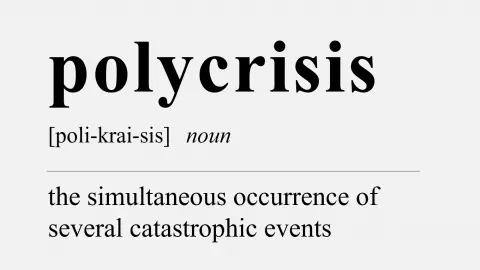Our view on the major central banks
With the US Fed set to end rate hikes, the European Central Bank slowing but not stopping, and the Bank of England expected to go its own way, here's our look at how the main central banks are approaching the next few months
Our major central bank forecasts

Federal Reserve
After 500bp of interest rate increases, the Federal Reserve has signalled it feels monetary policy is now in restrictive territory and that further rate rises may not be required. The rapid tightening in lending conditions experienced over the past few quarters has only been intensified by recent bank failures. Consequently, the economy is facing dual headwinds of higher borrowing costs and less credit availability in an environment of already very weak business and consumer confidence.
The jobs market is holding up well for now, but we caution that this is the most lagging of indicators, and the risks are that we see a deterioration over the next couple of quarters. Inflation is still well above target, and the Fed continues to signal that rate cuts are unlikely before 2024. However, if the US does enter a recession, then inflation is likely to fall more quickly than officials expect, potentially opening the door to rate cuts this year.
The market is pricing the first move coming as soon as September, but we think that is too early. The fourth quarter is s a more likely starting point, but the process could be more aggressive with 50bp moves in November and December our call.
European Central Bank
Slowing but not stopping. This was at least the message the ECB tried to send after its last meeting. Banking turbulence has aggravated the tightening impact of the ECB’s rate hikes so far; a clear motivation to slow down the pace and size of rate hikes. However, for the time being, the fact that there are still no signs of any disinflationary process, discounting energy and commodity prices, as well as the fact that inflation has increasingly become demand-driven, will keep the ECB in tightening mode.
The main question for the ECB in the coming months will be when it should stop and wait for the rate hikes so far to do their work. Continuing with rate hikes until actual inflation has returned to 2% is hardly an option. Still, as the ECB seems to have lost full trust in its own macro forecasts, actual inflation developments are playing a more important role than in the past. It's a complicated situation as the risk that something in the economy 'breaks' increases every time rates rise. Consequently, the ECB will follow a 'hybrid strategy' bringing longer-term inflation developments under control, while waiting for actual (core) inflation to structurally come down.
To achieve this goal, we expect the ECB to hike one more time before entering a longer ‘high for longer’ period.
Bank of England
The Bank of England's May meeting contained no bombshells and saw the committee raise rates by 25bp and keep options open for June. But while the Bank still retains a tightening bias, it is conditional on inflation showing greater signs of persistence. Whether or not we get a June hike – which is not currently our base case – will hinge almost exclusively on the next two sets of CPI and wage data. But in general, the news on inflation is improving, and the fact that the BoE’s own CPI forecasts are materially below target in two years’ time is a clear hint that the tightening cycle is at its limit. Rate cuts may be less forthcoming than in the US, but we do expect core inflation to ease back over the next year and think the easing cycle will have begun by this time next year.
Download
Download article
12 May 2023
ING Monthly: We’re in a polycrisis – and this is what it means This bundle contains {bundle_entries}{/bundle_entries} articlesThis publication has been prepared by ING solely for information purposes irrespective of a particular user's means, financial situation or investment objectives. The information does not constitute investment recommendation, and nor is it investment, legal or tax advice or an offer or solicitation to purchase or sell any financial instrument. Read more





